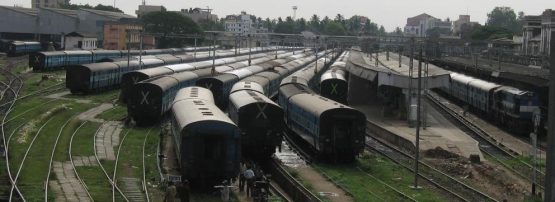
In this episode of PING, APNIC’s Chief Scientist, Geoff Huston, discusses the history and emerging future of how Internet protocols get more than the apparent link bandwidth by using multiple links and multiple paths.
Initially, the model was quite simple, capable of handling from two to four links of equal cost and delay reasonably well, typically to connect two points together. At the time, the Internet was built on telecommunications services originally designed for voice networks, with cabling laid between exchanges, from exchanges to customers, or across continents. This straightforward technique allowed the Internet to expand along available cable or fibre paths between two points. However, as the system became more complex, new path options emerged, and bandwidth demands grew beyond the capacity of individual or even equal-cost links, increasingly sophisticated methods for managing these connections had to be developed.
An interesting development at the end of this process is the impact of a fully encrypted transport layer on the intervening infrastructure’s ability to manage traffic distribution across multiple links. With encryption obscuring the contents of the dataflow, traditional methods for intelligently splitting traffic become less effective. Randomly distributing data can often worsen performance, as modern techniques rely on protocols like TCP to sustain high-speed flows by avoiding data misordering and packet loss.
This episode of PING explores how Internet protocols boost bandwidth by using multiple links and paths, and how secure transport layers affect this process.
Read more about multipath network protocols on the web:
- IETF Draft on Multipath for QUIC (IETF, April 2025)
- Multipath TCP: Revolutionising connectivity one path at a time (Cloudflare Blog, January 2025)
- RFC 8684 (IETF, 2020)
Subscribe and share your story
You can stream and subscribe to PING via the following channels:
If you’re interested in sharing your insights or research, please get in touch — we’re always looking for great stories from the community. Please let us know what you think of the podcast and the APNIC Blog so we can keep improving.
The views expressed by the authors of this blog are their own and do not necessarily reflect the views of APNIC. Please note a Code of Conduct applies to this blog.
